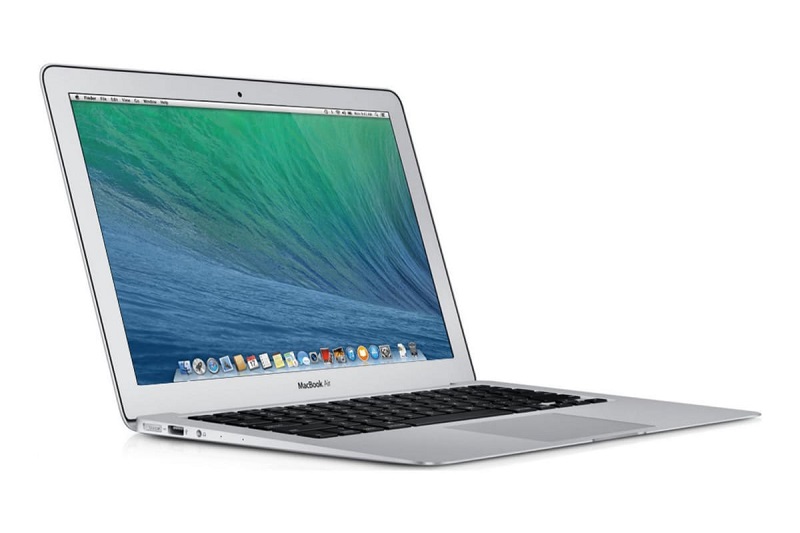

Results might also be slightly different using the Mac Pro’s internal ports as compared with an eSATA setup. For performance, always go with the largest drives, even if you don’t need the space.ĭifferent-brand eSATA (external SATA) cards and/or drive firmware versions and/or different versions of the Mac Pro can all contribute to varying performance. As of March 2011, my recommended drive is the Hitachi 7K3000. This keeps changing, so always check the latest reviews on this site. Always purchase an extra drive if you’re making a RAID, so that you can swap out a bad drive of matching model/capacity. Our recommended vendor and site sponsor OWC includes a 90 day bad-drive replacement guarantee, which is an especially Big Deal if a hard drive is to be part of a RAID. It’s not worth saving a few bucks given the possible hassles involved. Hard drives are such low margin items that there usually is a restocking fee from cut-rate vendors. I once had to “eat” a 15% restocking fee, which I negotiated down to 10% by ordering replacement drives of another brand. Choose your vendor carefullyĮspecially for hard drives, buy only from a vendor that accepts exchanges, in case you encounter an issue with a brand or model of hard drive. Hard drives and solid state drives are improving rapidly.ĭon’t forget that a solid state drive is an option, especially for a boot drive.

Updated - Send Feedback Related: hard drive, how-to, Mac Pro, RAID, storageīe sure to see Optimizing Photoshop for insights on high-performance systems.


 0 kommentar(er)
0 kommentar(er)
